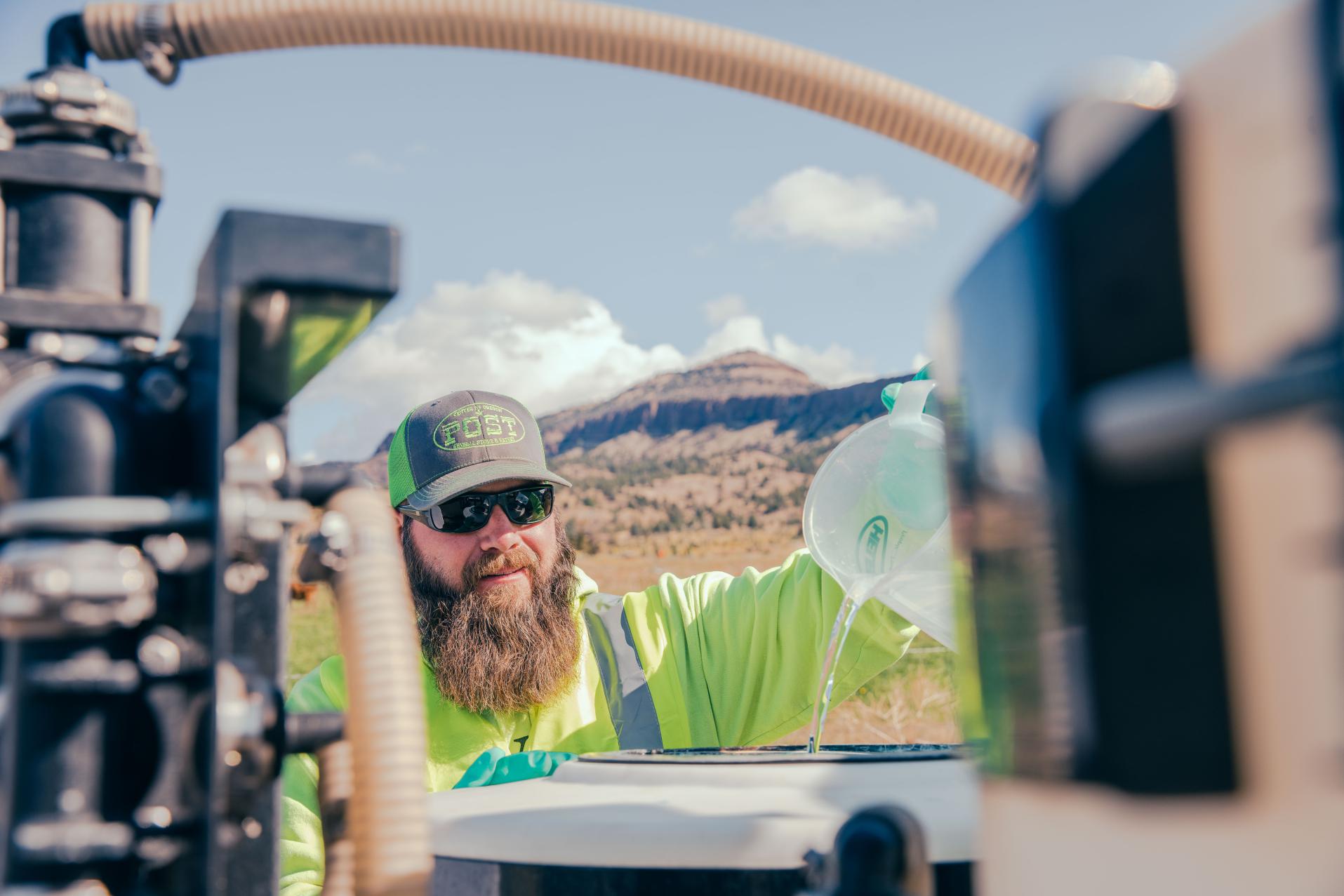3 Common Weed Control Issues and How to Solve Them

Learn how to overcome some of the biggest challenges land managers face in the West as they work to control invasive and noxious weeds.
Learn how to overcome some of the biggest challenges land managers face in the West as they work to control invasive and noxious weeds.
Invasive and noxious weeds create countless issues for land managers and ranchers in western regions of the United States. In addition to choking out the development of beneficial native plant communities, this undesirable vegetation can compromise the integrity of transportation infrastructure and negatively impact biodiversity throughout roadsides, utility sites, rangeland and other noncrop areas.
As industry professionals work with contract partners to control these undesirable plants effectively, three key challenges often present roadblocks on their path to success:

.jpg)

Tank-mixing compatible chemistries is an easy way for applicators to introduce new active ingredients and maintain control of invasive or noxious weeds. This strategy can broaden the spectrum of control, reduce application use rates, and yield landscapes that support land-use goals as well as native wildlife.
Until recently, a common complaint about herbicides has been product label limitations, which force applicators to switch out chemistries before treating unique application sites. This requirement can seem even more daunting when targeted plants grow resistant to certain chemistries.
Fortunately, HighNoon® herbicide from Corteva Agriscience simplifies weed control on multiple use sites where noxious or invasive weeds pose the primary broadleaf weed threat. That’s because HighNoon herbicide is labeled for use in most noncrop areas, including roadsides, rights-of-way, habitat areas, rangeland and hayfields. As a single product that delivers exceptional application flexibility across a wide range of sites, HighNoon herbicide enhances residual control; impedes the development of more than 140 weed species; and enhances performance where other herbicide products may fall short.
HighNoon herbicide combines the same active ingredient as Milestone® herbicide (aminopyralid) with Rinskor® active, a reduced-risk herbicide that won the American Chemical Society’s Green Chemistry Challenge Award. In addition to improving results throughout roadsides and utility sites, Rinskor active is the first new active ingredient available for rangeland and pastures in nearly 15 years.
The product’s tank-mix compatibility with other chemistries allows applicators to effectively control broadleaf weeds and undesirable annual grasses, including ventenata and Italian ryegrass. In areas where total vegetation control is essential, HighNoon herbicide can be tank-mixed with Piper® EZ herbicide to broaden the spectrum of control and maintain bareground results throughout the year. Applicators also can mix HighNoon herbicide with liquid fertilizer in certain states to provide better handling properties.

To learn more about HighNoon herbicide and the product’s ability to offer an unmatched combination of use site flexibility, safety on desirable grasses and forbs, and an extensive weed control spectrum, visit HighNoonHerbicide.com.
For more information regarding best practices for invasive or noxious weed control, the management of complex ecosystems and achieving land-use objectives throughout western territories, click here.
™ ® HighNoon and Rinskor are trademarks of Corteva Agriscience and its affiliated companies. Piper® is a registered trademark of Valent U.S.A. LLC. Piper EZ is not registered for sale or use in all states. Under normal field conditions, HighNoon® is nonvolatile. HighNoon and Milestone® have no grazing or haying restrictions for any class of livestock, including lactating dairy cows, horses (including lactating mares) and meat animals prior to slaughter. Label precautions apply to forage treated with HighNoon or Milestone and to manure and urine from animals that have consumed treated forage. HighNoon and Milestone are not registered for sale or use in all states. Contact your state pesticide regulatory agency to determine if a product is registered for sale or use in your state. Consult product labels for full details. Rinskor® is a registered active ingredient. Always read and follow label directions.
For over 30 years, Vistas® has covered strategies, trends and stories from across the Vegetation Management industry.